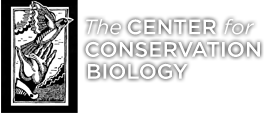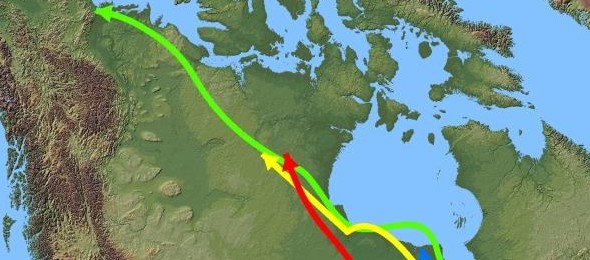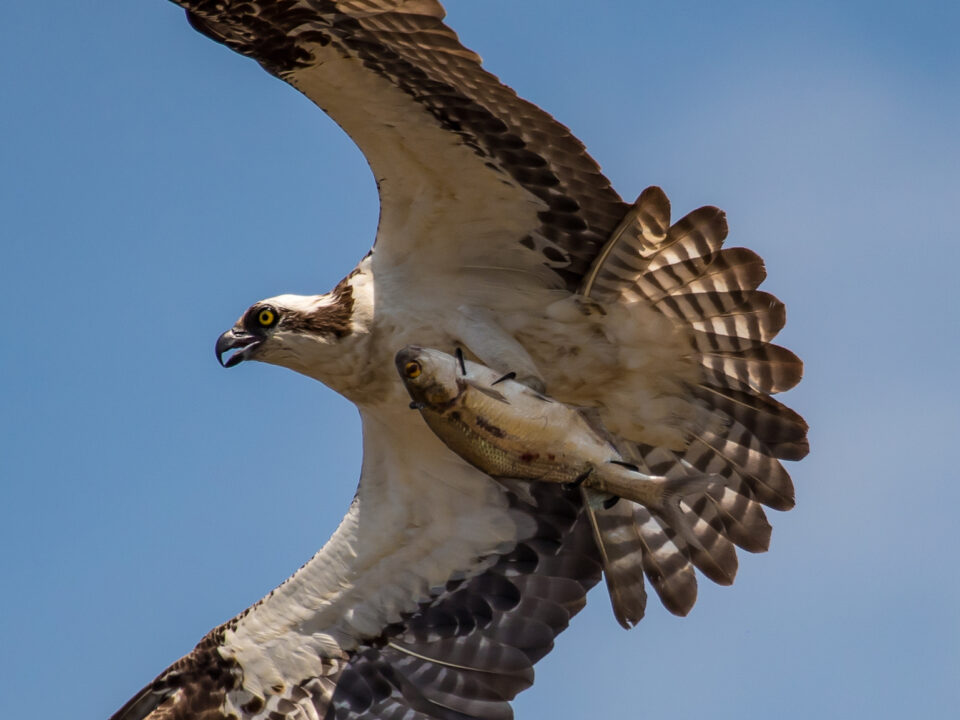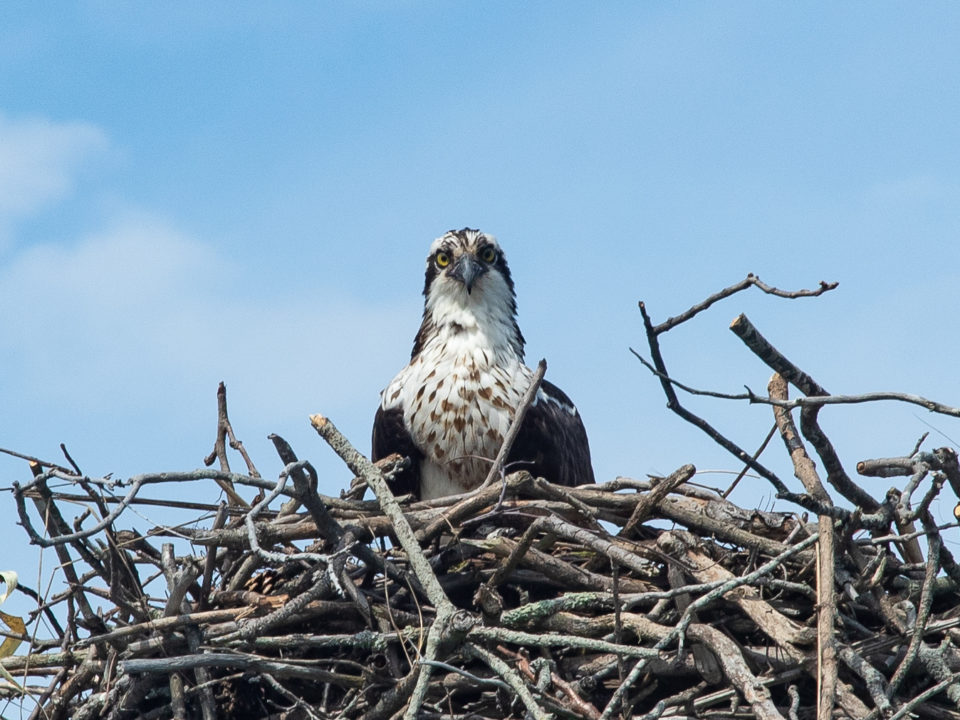Hope arrives on MacKenzie River breeding grounds
Azalea Back at Red Wing Golf Course
June 18, 2011Camellia Returns to Elizabeth River
June 21, 2011(Williamsburg, VA)—Hope, a whimbrel being tracked via satellite by scientists has arrived on her breeding grounds along the MacKenzie River in Canada. She left the Eastern Shore of Virginia on 22 May and made it to breeding grounds on 14 June after traveling nearly 6,000 kilometers. This is the third year that the bird has been tracked to the same location just south of the Beaufort Sea. Her travels through three migration cycles have included more than 24,000 miles (39,000 kilometers). In addition to Hope, 3 other whimbrels were tracked this spring to breeding grounds west of Hudson Bay.
Satellite tracking represents only one aspect of a broader, integrated investigation of whimbrel migration. During the past 4 years, the Center for Conservation in partnership with The Nature Conservancy, the U.S. Fish and Wildlife Service, and Georgia Department of Natural Resources has used conventional transmitters to examine stopover duration, conducted aerial surveys to estimate seasonal numbers, collected feather samples to locate summer and winter areas through stable-isotope analysis, and has initiated a whimbrel watch program. Funding has been provided by The Nature Conservancy, the Center for Conservation Biology, The U.S. Fish and Wildlife Service, the Virginia Coastal Zone Management Program, Georgia Department of Natural Resources, The Toronto Ornithological Club, the Toronto and Region Conservation Authority, and the Northern Neck Audubon Society.

Tracking map – Map of Hope movements from May of 2009 through April of 2011. She has been tracked using a 9.5-gram, solar-powered satellite transmitter. Photo by the Center for Conservation Biology.

Hope fitted with satellite transmitter. Photo by Barry Truitt.
DOWNLOAD RESOURCES:
FROM: Center for Conservation Biology, College of William and Mary – Virginia Commonwealth University & The Nature Conservancy, Virginia Chapter
FOR IMMEDIATE RELEASE: 20 June, 2011
MEDIA CONTACTS:
Dr. Bryan D. Watts, Director
Center for Conservation Biology
College of William and Mary
Virginia Commonwealth University
bdwatt@wm.edu
(757) 221-2247 office
(757) 272-4492 cell
Barry Truitt, Chief Conservation Scientist
The Nature Conservancy
Virginia Coast Reserve Program
btruitt@tnc.org
(757) 442-3049
Related posts
An adult female osprey on a nest in the York River. The resident pair in this territory arrived in early March and remained on the territory throughout the nesting season. Despite being resident, she never was documented to lay a clutch. The most likely explanation for large numbers of pairs not laying clutches in 2024 is that females did not reach the nutritional condition required to produce eggs. Photo by Bryan Watts.




